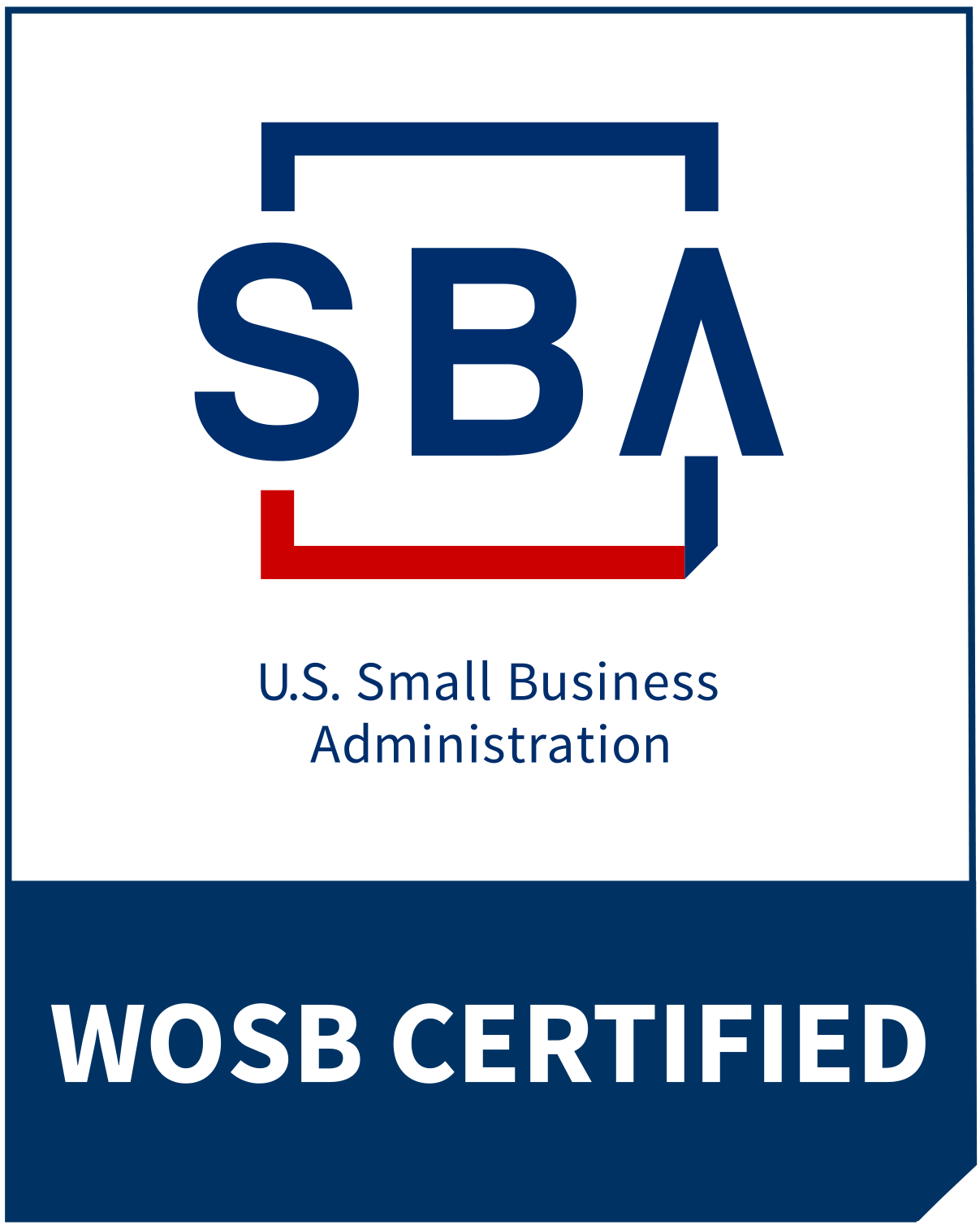Beyond Revenue: The Path to Profit
Beyond Revenue: The Path to Profit
You're bringing in more clients, but somehow, there's still no money left at the end of the month.
Does this sound familiar? Your software development firm or XR studio is landing bigger contracts. Your team is growing. Revenue is climbing. Yet when you review your finances, the numbers don't add up to the success story you expected. Instead of feeling energized by growth, you're overwhelmed by increasing costs, operational complexities, and the constant pressure to maintain cash flow.
If this resonates, you might be experiencing what I call "growing broke" – a paradoxical state where increased revenue doesn't translate to financial security or profitability. It's particularly common in the tech industry, where scaling often requires significant upfront investment in talent, infrastructure, and innovation. The challenge? These investments can quickly outpace revenue growth if not strategically managed.
The Truth About Profit in Tech
Here's a reality that many tech entrepreneurs don't want to hear: "Profit comes from strategy, not effort." You can't code your way out of financial challenges or solve cash flow problems by working longer hours. Just as you wouldn't launch a new feature without proper testing and metrics, you shouldn't scale your business without understanding your financial data.
This is where your Income Statement becomes your business's financial GPS. Think of it as your system monitoring dashboard but for your company's financial health. Just as you track user metrics and system performance, your Income Statement reveals critical patterns in your business's financial performance.
Understanding Your Financial Metrics
Your Income Statement tells a story through three main chapters: revenue, expenses, and profit. But like any good data analysis, it's the trends over time that reveal the most valuable insights. Let's explore what to track and why it matters for your tech business.
Revenue Trends: More Than Just Top-Line Growth
Monthly and annual revenue tracking is your first indicator of business health. But in tech, rapid revenue growth can mask underlying inefficiencies. Consider a custom software development company that doubled its client base but saw profits stagnate. Why? They failed to notice that their larger projects required disproportionately more resources, effectively reducing their profit margin with each new client.
Cost Analysis: The Hidden Story Behind Service Delivery
Your Cost of Goods Sold (COGS) in tech might include contract labor costs, hosting fees, or hardware expenses necessary to fulfill a client contract. When these costs rise faster than revenue, it's often a sign of inefficient resource allocation or scope creep in projects. One XR studio discovered they were losing money on certain projects not because of their pricing but because of unexpected infrastructure costs that weren't factored into the initial estimates.
Operating Expenses: Scaling Smart, Not Just Fast
Operating expenses in tech can quickly spiral, especially when scaling. Office space, additional development tools, expanded marketing budgets – these costs compound rapidly. The key is understanding which expenses directly contribute to growth and which ones might be creating unnecessary overhead. A systematic approach to analyzing these expenses can reveal opportunities for automation or optimization that both reduce costs and improve efficiency.
Why Real Numbers Matter More Than Percentages
In tech, we often focus on percentages – conversion rates, user growth, market share. But when it comes to financial health, absolute dollar amounts tell a more complete story. A 20% profit margin sounds impressive until you realize it doesn't cover your next hiring phase or infrastructure upgrade. Looking at actual dollars helps you make concrete decisions about resource allocation and growth strategies.
The Strategic Approach to Financial Analysis
Reviewing your financial trends isn't about passive observation – it's about active strategy development. Monthly reviews help you make tactical adjustments, while quarterly deep dives inform strategic planning. This systematic approach helps you:
Identify patterns in project profitability
Optimize resource allocation across different service linesMake data-driven decisions about scaling specific offerings
Plan strategic investments in new technologies or market expansion
The Impact of Growing Broke on Your Business
Ignoring these financial patterns doesn't just affect your bottom line. It can lead to rushed decisions, quality compromises, and team burnout – all too common in tech companies focused on growth at any cost. The stress of managing cash flow challenges can distract from innovation and strategic thinking, creating a cycle that's hard to break.
Breaking Free from Growing Broke
Understanding and actively managing your financial trends is the first step toward building a tech company that's both innovative and profitable. It's about creating systems that support sustainable growth – where increased revenue actually translates to improved financial security and reduced stress.
Ready to Turn Financial Data into Strategic Growth?
If you're ready to stop growing broke and start growing profits, the journey begins with understanding your numbers. I specialize in helping tech entrepreneurs transform their financial data into strategic action plans. Book a free Fast Track Strategy Session at 3SSmartConsulting.biz, and let's develop a roadmap to profitability that matches your vision for growth.
Is Your Business Growing Broke?
Is your business thriving on paper but crumbling at the same time? You may be “growing broke,” where revenue increases but profits decrease and everything seems to be in chaos. The culprit? Missing systems and outdated processes that can’t keep up.
The answer is simple: take a systems-first approach. This approach supercharges scalability, streamlines operations, and allows you to regain control of your company and your time without the stress.
Stop firefighting and start building a business that works for you. Click below to stop growing broke!
Related Posts

Technology Isn’t the Cure for “Growing Broke”





